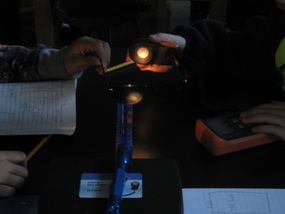
How can the path of light be blocked between an object and the eye and the object STILL be see?
Sixth graders investigated this question, determining that the path must be blocked with something that lets light through it. Using a wide variety of materials, students measured the amount of light that transmitted, or travels through each material. Students discovered that some materials not only transmit light, but they also reflect light, too. Great use of mathematics, sixth grade to gather evidence to support the development of your model for how we see things!
Sixth graders investigated this question, determining that the path must be blocked with something that lets light through it. Using a wide variety of materials, students measured the amount of light that transmitted, or travels through each material. Students discovered that some materials not only transmit light, but they also reflect light, too. Great use of mathematics, sixth grade to gather evidence to support the development of your model for how we see things!
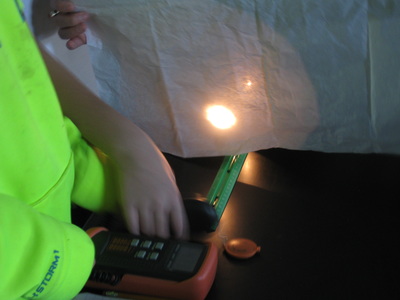
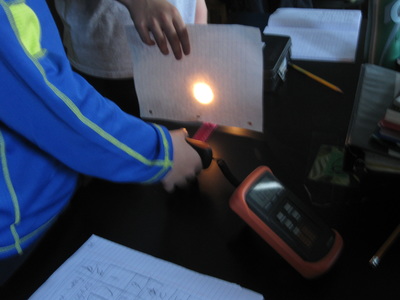
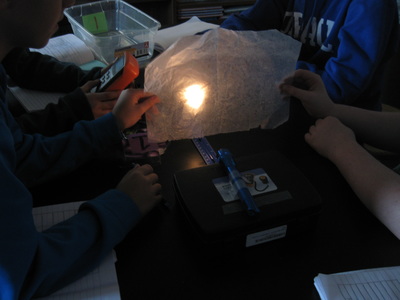
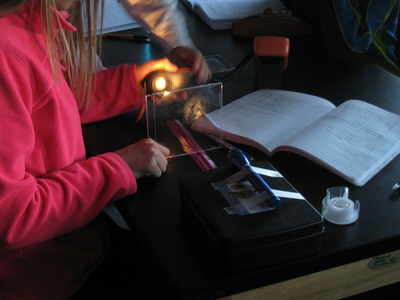
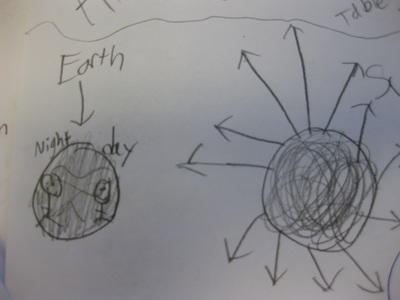
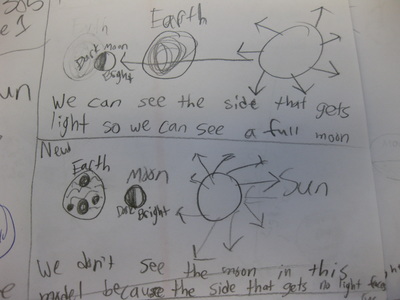
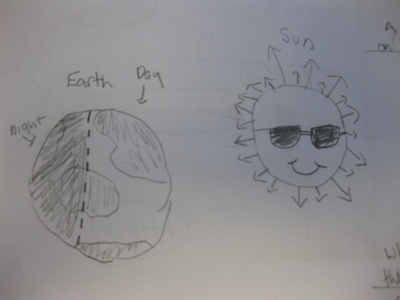
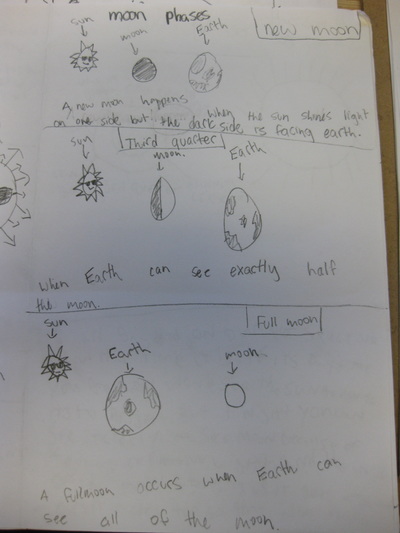
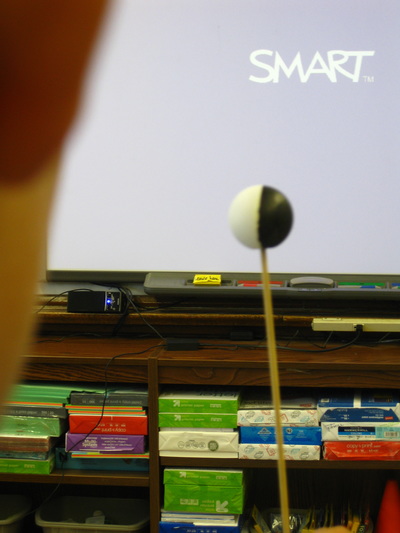
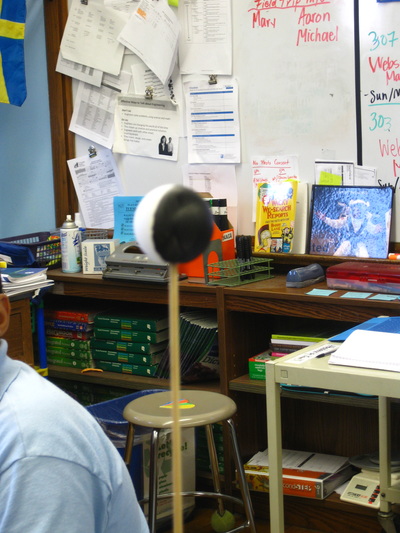
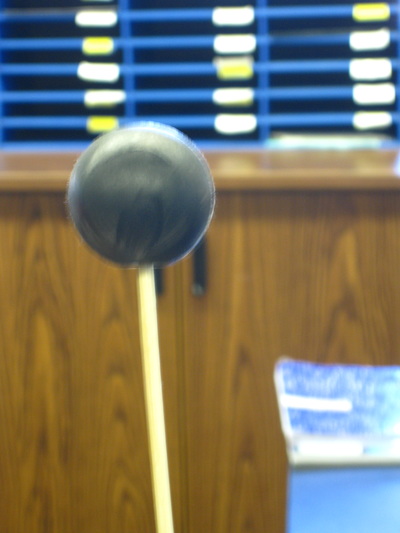
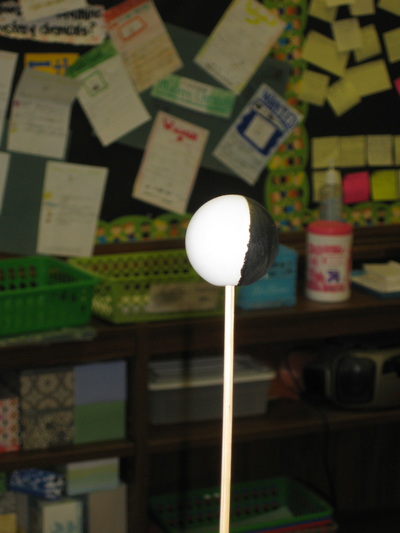
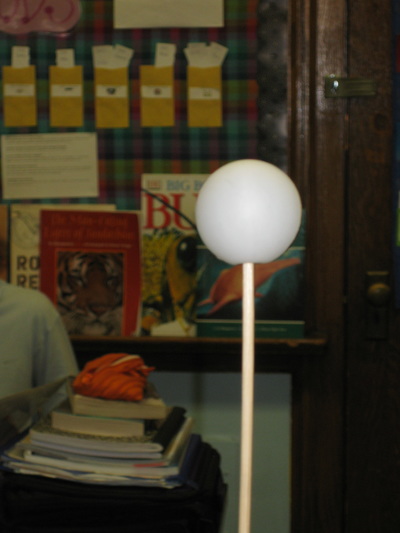
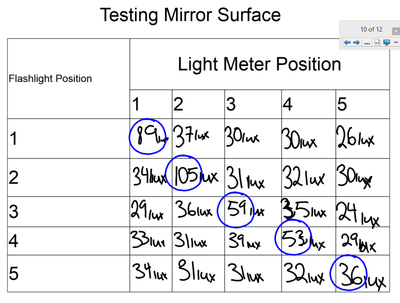
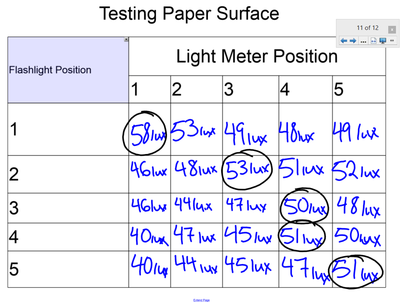
 RSS Feed
RSS Feed